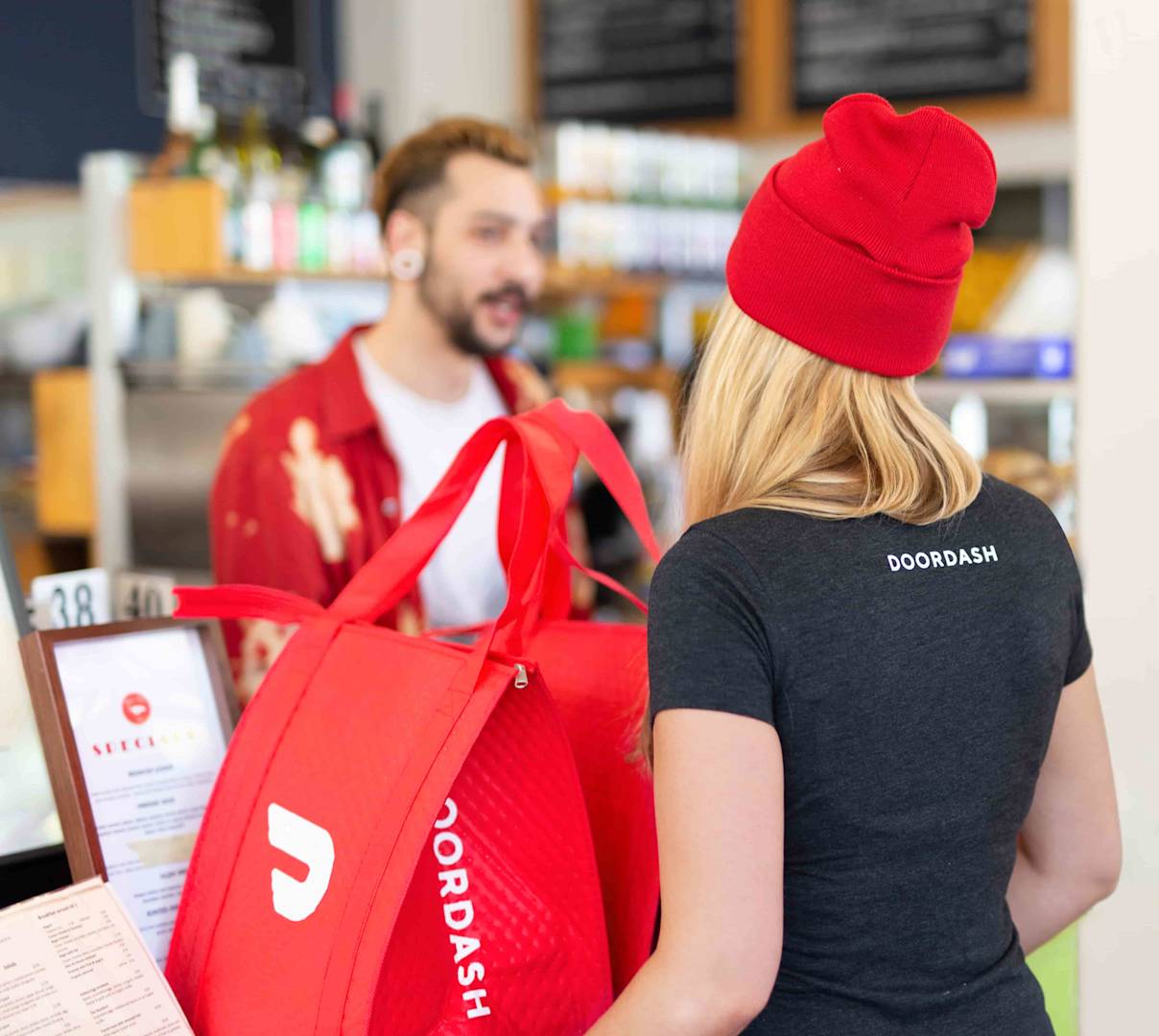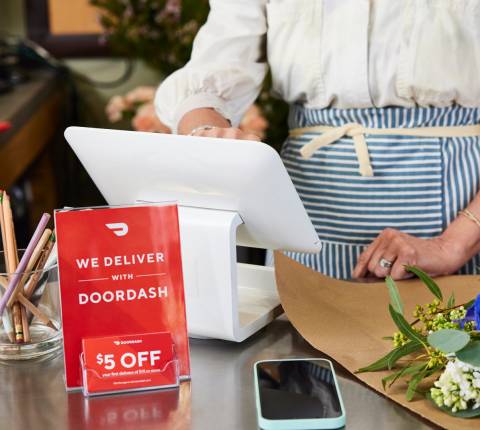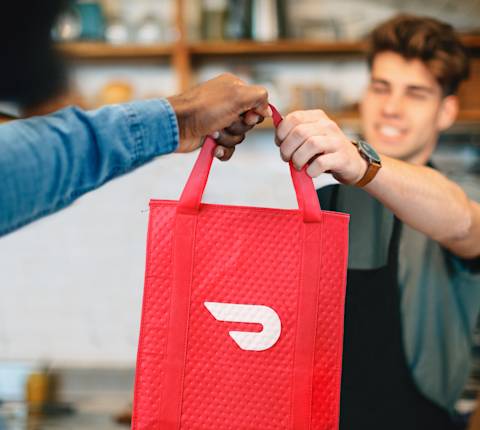To attract repeat customers and deliver an exceptional customer experience, it’s important to streamline operations and reduce avoidable Dasher wait time, enhancing customer satisfaction and loyalty and reducing Dasher friction at pickup.
What is avoidable wait?
Avoidable wait is the time a Dasher spends waiting for orders after the prep time you provide via the tablet or point of sale integration, or the estimated prep time set by DoorDash based on your store’s real-time and historical data, has elapsed. For example: You confirm that an order will be ready in 15 minutes, the Dasher arrives on time, but the order isn’t ready for another 10 minutes. That’s 10 minutes of avoidable Dasher wait time.
The timer starts when the Dasher is within 25 meters of the store and the prep time has elapsed. The timer ends when the Dasher marks the item as picked up. If the Dasher does not mark that they picked up the order within 100 meters of the restaurant, this will not count against your avoidable wait time.
What is a good avoidable wait time benchmark?
Avoidable Wait Time measures the amount of time Dashers wait for orders at your store after you said they would be ready. On average, most stores’ Avoidable Wait Time is under 3 minutes and 24 seconds. However, the ideal avoidable wait time is less than 2 minutes.
How to find your avoidable wait time
Monitor your Avoidable Wait Time by week, month, and time of day in the Merchant Portal.
1. Head over to Insights and click on Operations Quality. Scroll down to Wait Time.

2. To see which orders caused your avoidable wait time to increase, click View Late Orders.

How to reduce avoidable Dasher wait time
Reducing avoidable wait time is essential for your restaurant to maintain high customer and Dasher satisfaction. You can reduce your avoidable wait time by employing these four tactics:
Set accurate prep times
To avoid late orders, it’s important to set accurate prep times. Late orders can lead to poor customer ratings, which can negatively impact restaurant rankings within DoorDash. There are two ways to change your prep time:
If you are using a tablet
Make sure to update your prep time for each order when you confirm it based on your current capacity and what’s in the order (for example, an order with 3 items might take less time than an order with 12 items). To update your prep time:
On your tablet, when an order comes in, tap Confirm with # min Prep Time if the default time frame is accurate. Alternatively, you can tap Manual Prep Time if you want to select less or more time.
Click Confirm Order.
When things get busy and your store is overwhelmed, use the Busy Kitchen feature on your tablet to automatically add additional prep time to every order for a set period of time.
If you are using a middleware that auto-confirms, but also have a DoorDash tablet
You can still adjust prep times after the order has been confirmed
On the tablet, select Issue with Order in the upper right corner of the tablet
Select Adjust Prep Time and add additional time based on how long it will take to prepare
If you are using a point-of-sale (POS) integration, contact your POS provider to update prep times.
Optimize your restaurant for faster order prep
By creating a well thought out restaurant kitchen plan and optimizing your Dasher handoff process, you can improve your operational efficiency and avoid unnecessary Dasher wait times. Here are some suggestions:
Create a clear process for your team: To avoid avoidable wait times and provide a better customer experience, confirm incoming orders with accurate prep times and train your team how to use the DoorDash tablet or other order protocol.
Create a quality control step: Make sure when preparing the order that each is labeled with the customer’s name, double-checked for missing items, the DoorDash receipt is stapled, and bags are securely sealed.
Move bags to a designated area: Having a specific area for DoorDash orders, such as behind the counter or on a safely secured shelf where you team can keep an eye on it, helps keep orders organized. It also creates an area away from the counter or host station for Dashers to wait to pick up orders and saves your team time so they don’t have to run to the kitchen for every delivery order.
Incorporate clear signage: Signage can help your team, Dashers, and customers identify where to pick up orders.
Designate “delivery captains:” Having assigned staff for delivery makes sure there’s someone responsible for overseeing these orders so they don’t fall through the cracks during busy periods.
Build a relationship with your local Dashers: You will likely see regulars picking up orders so make sure to have smooth communication. In addition, don’t forget to rate your Dashers in the Merchant Portal and flag any you don’t want to work with again.
Learn more ways to optimize your restaurant kitchen plan or optimize the Dasher pickup experience.
Avoiding long wait times for Dashers can help improve customer and Dasher experience. By implementing strategies to reduce wait time, you can improve your overall efficiency and provide a better experience on DoorDash.
Want to learn other ways to improve your customer experience? Learn how to reduce Avoidable Cancellations.




